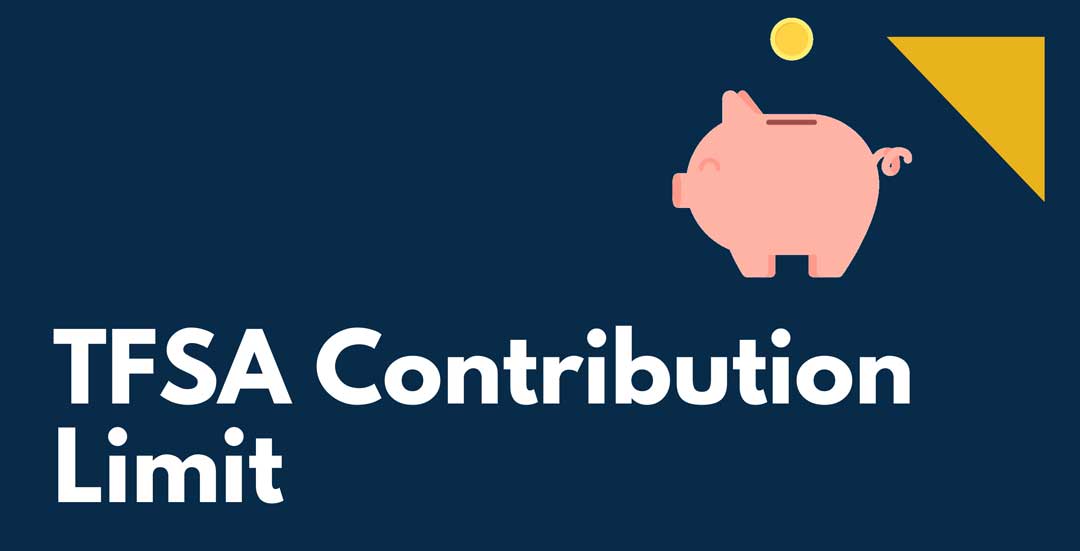
The TFSA new contribution limit for 2021 has been officially released. That limit is $6,000, matching the amount set in 2019 and 2020.
With this TFSA dollar limit announcement, the total contribution room available in 2021 for someone who has never contributed and has been eligible for the TFSA since its introduction in 2009 is $75,500.
The annual TFSA dollar limit is indexed to inflation and rounded to the nearest $500. The Canada Revenue Agency’s indexation increase in 2021 is 1.0%.
For clients who have withdrawn from TFSAs, their crystallized gains and losses from withdrawals are factored into their TFSA room. The formula is:
Unused TFSA contribution room to date + total withdrawal made in this year + next year’s TFSA dollar limit = TFSA contribution room at the beginning of next year
Here are the dollar amounts by year:
| For 2009, 2010, 2011, and 2012: | $5,000 |
| For 2013 and 2014: | $5,500 |
| For 2015: | $10,000 |
| For 2016, 2017, and 2018: | $5,500 |
| For 2019, 2020 and 2021 | $6,000 |
Anyone 18 or older and who has a valid social insurance number is eligible to open a TFSA. The contribution room accumulates beginning in the year in which a person turns 18.
While contributions to a TFSA are not tax-deductible, withdrawals are tax-free. Money withdrawn from a TFSA in a future year can be used to make a down payment on a home or purchase a car, for example.
“If [the TFSA holder’s] tax rate is higher at that time, they realize a benefit accessing tax-free income from their account as opposed to having to pull out taxable income [as from an RRSP],” George said.
Here is the TFSA lifetime contribution room for individuals who have never made a TFSA contribution, for 2020 and 2021, based on age.
| Year individual turned 18 | Total unused contribution room in 2020 | Total unused contribution room in 2021 |
| 2009 or earlier | $69,500 | $75,500 |
| 2010 | $64,500 | $70,500 |
| 2011 | $59,500 | $65,500 |
| 2012 | $54,500 | $60,500 |
| 2013 | $49,500 | $55,500 |
| 2014 | $44,000 | $50,000 |
| 2015 | $38,500 | $44,500 |
| 2016 | $28,500 | $34,500 |
| 2017 | $23,000 | $29,000 |
| 2018 | $17,500 | $23,500 |
| 2019 | $12,000 | $18,000 |
| 2020 | $6,000 | $12,000 |
| 2021 | 0 | $6,000 |
Federal tax bracket thresholds for 2021
- The 33.0% tax rate begins at taxable income of over $216,511, up from $214,368 in 2020.
- The 29.0% tax rate begins at taxable income of over $151,978, up from $150,473 in 2020.
- The 26.0% tax rate begins at taxable income of over $98,040, up from $97,069 in 2020.
- The 20.5% tax rate begins at taxable income of over $49,020, up from $48,535 in 2020.
- Income below $49,020 is taxed at 15.0%.
The basic personal amount for 2021 is $13,808 for taxpayers with a net income of $151,978 or less. At income levels above $151,978, the basic personal amount is gradually clawed back until it reaches $12,421 for a net income of $216,511.
Source: Advisor’s Edge
Newsletters
Newsletter – March 2019
NewslettersEvents & SponsorshipArticles & Publications
Newsletter – February 2019
NewslettersEvents & SponsorshipArticles & Publications
Newsletter December 2018
NewslettersEvents & SponsorshipArticles & Publications
Newsletter November 2018
NewslettersEvents & SponsorshipArticles & Publications
e-Newsletter – August 2018
NewslettersEvents & SponsorshipArticles & Publications
Events & Sponsorship
No Results Found
The page you requested could not be found. Try refining your search, or use the navigation above to locate the post.
Articles & Publications
RRSP/RRIF and non-registered investments
Drawing from your RRSP/RRIF and non-registered investments. It often helps to think in terms of family wealth and tax efficiency. One of the most asked questions the newly retired or those about to retire have is: "When should I start drawing from my registered...
Strategies to consider when buying a second property
Strategies to consider when buying a second property. There are three common types of second properties people are looking at when they wish to buy a second property: cottages, income properties and U.S. real estate. COTTAGE PROPERTIES If you've been looking to buy a...
Incorporating your Business in Canada
Tax Advantages of Incorporating your Business in Canada Incorporating your business may lead to lower taxes depending on your particular situation and the province in which you operate. Incorporating can save you money once the business generates more income than you...
How much is child benefit in Canada per month?
How much is child benefit in Canada per month? For each child: under six years of age: $6,833 per year ($569.41 per month) 6 to 17 years of age: $5,765 per year ($480.41 per month). Will child benefit increase in 2021? On July 20, the Minister of Families, Children...
Is Cryptocurrency Taxable in Canada?
Is cryptocurrency taxable in Canada? According to CRA, possessing or holding a cryptocurrency is not taxable. However, selling, making a gift, trading or exchanging a cryptocurrency, including disposing of one to get another, or converting cryptocurrency to a...